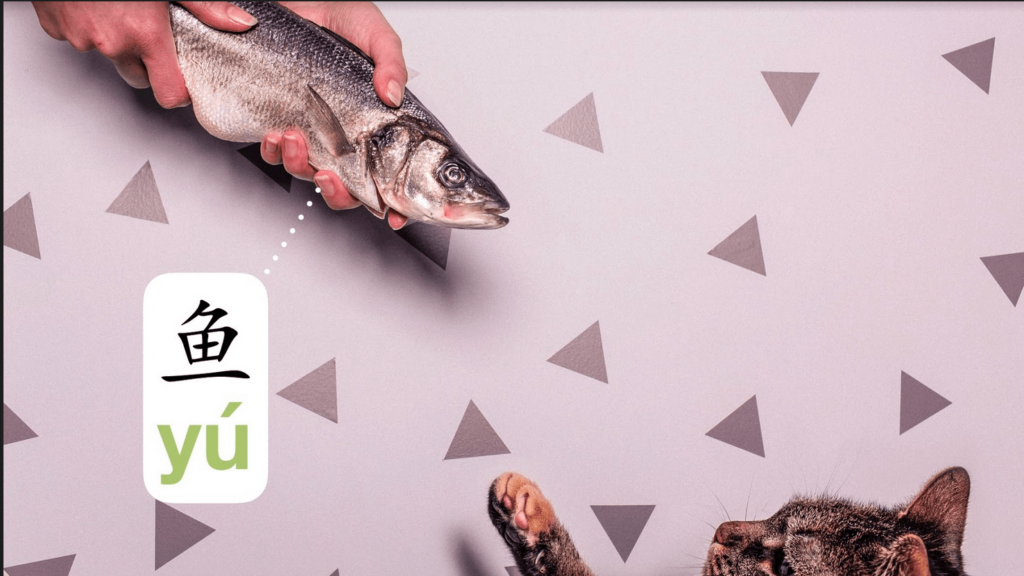Chinese Alphabet Letter Ü (YU)-Comprehensive Guide

The Extra Vowel of Mandarin
1. Tongue against the back of the bottom teeth.
2. Lips tight in a` small circle.
3. Try to say “ee”, but it will come out as Ü.
This is how you articulate Chinese letter Ü, the “extra” vowel sound in Chinese. Good news French and German speakers, you already use this vowel sound!

Chinese Letter Ü – Don’t Confuse With “U”
One of the most important aspects of this pronunciation is not confusing it with the Chinese letter “U”. They have some similarities, but consider that when saying “U” the majority of the sound comes from the back of the throat with your lips relaxed, whereas Ü has much tighter lips and the sound reverberates more towards the front of your mouth.
Keep this in mind, and Chinese people will understand you when you go to order “fish 鱼 yú” at the restaurant!
A Note on Spelling
There is actually an oddity about how this vowel is spelled in Pinyin, which relates to the way Ü is spelled by itself. You’ll noticed we’ve been spelling it “yu”. Why no umlaut above the “u” (ü <— those two dots are an umlaut)?
Well, just like with “yi” and “wu” where the “y” & “w” are just placeholders for spelling, the “y” before the “u” is doing the same thing. Accordingly, the creators of Pinyin didn’t bother putting the umlaut above the Ü when by itself, because the “yu” distinguishes it clearly from “U” by itself, which is spelled “wu”.
Chinese Letter Ü – Can Be Combined With Problem Initials J, Q & X
If you are going to say 去 qù in Chinese, you had best make sure that you are saying the correct vowel sound!
Chinese letter “U” and “Ü” are sometimes confused with each other not because of the sound, but because of how they are SPELLED in Pinyin. Sometimes, they are spelling exactly the same way as “u” (sadly we’re not kidding).

The Logic Goes Like This:
- The letters J, Q & X are only ever followed by “i” or “ü”
- J, Q & X are NEVER followed by letter “U”
- Therefore, there is no need to write the umlaut (those two dots above the ü) when spelling “ju, qu & xu”
We get the logic, but we still wish that the creators of Pinyin had decided to ALWAYS spell this vowel with the umlaut like this: yü, jü, qü, xü, etc. This would have been a big help to us silly foreigners, but again, Pinyin wasn’t made for us!

For this reason, it is incumbent on you to know that the “u” following “J, Q, or X” is actually Ü. And, as always, any J, Q, or X pronunciation must have your tongue tip placed against the back of your bottom teeth in order to enunciate them like a native.








